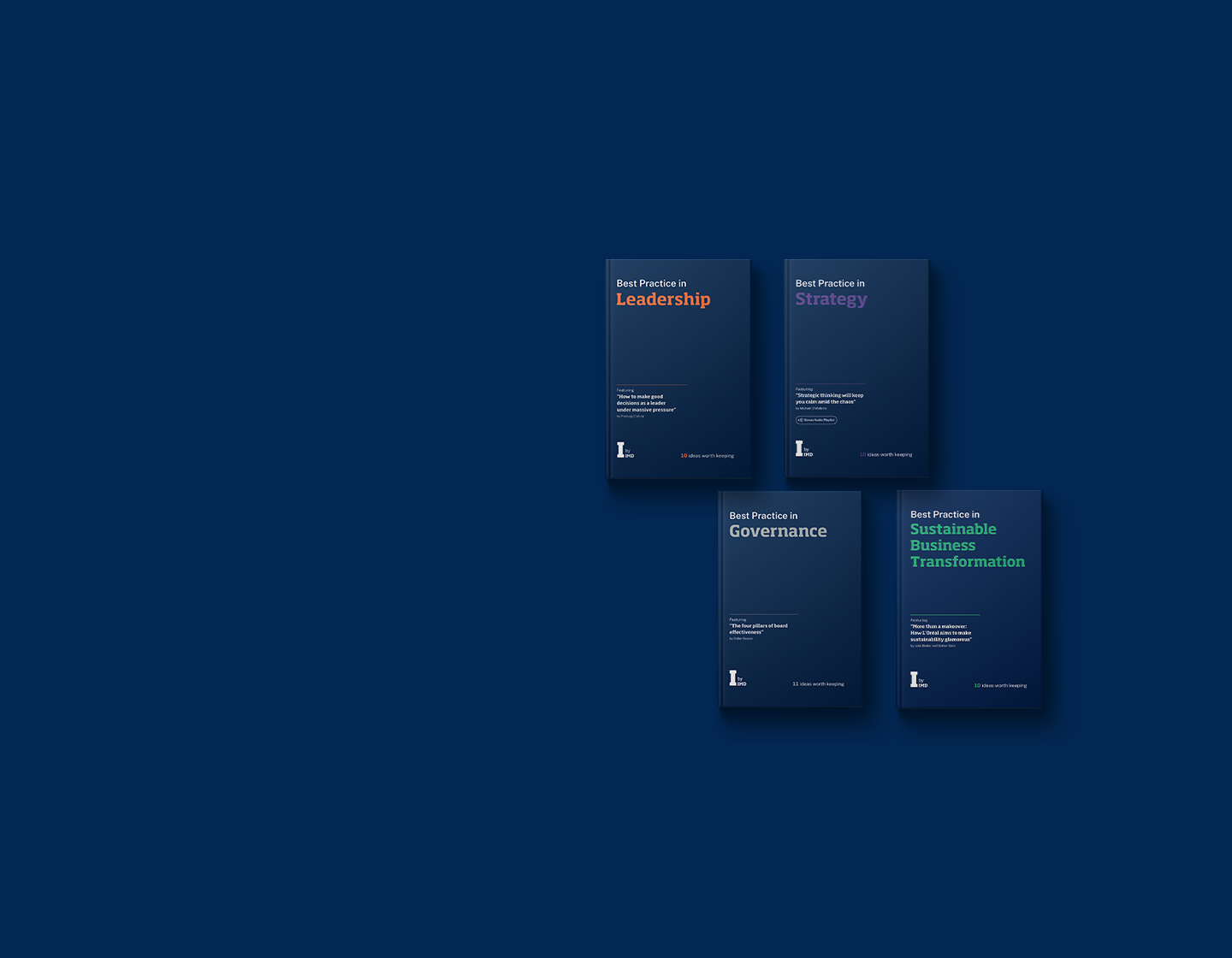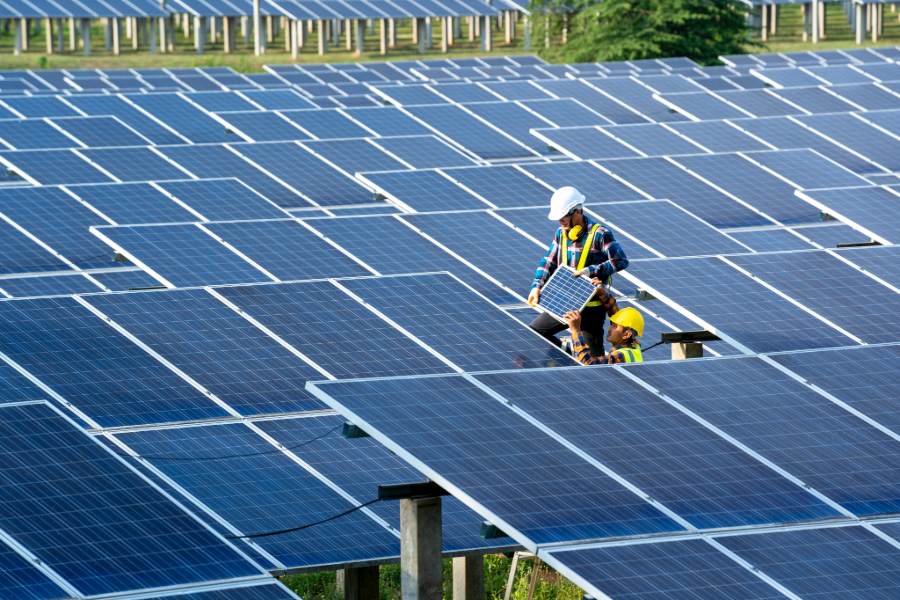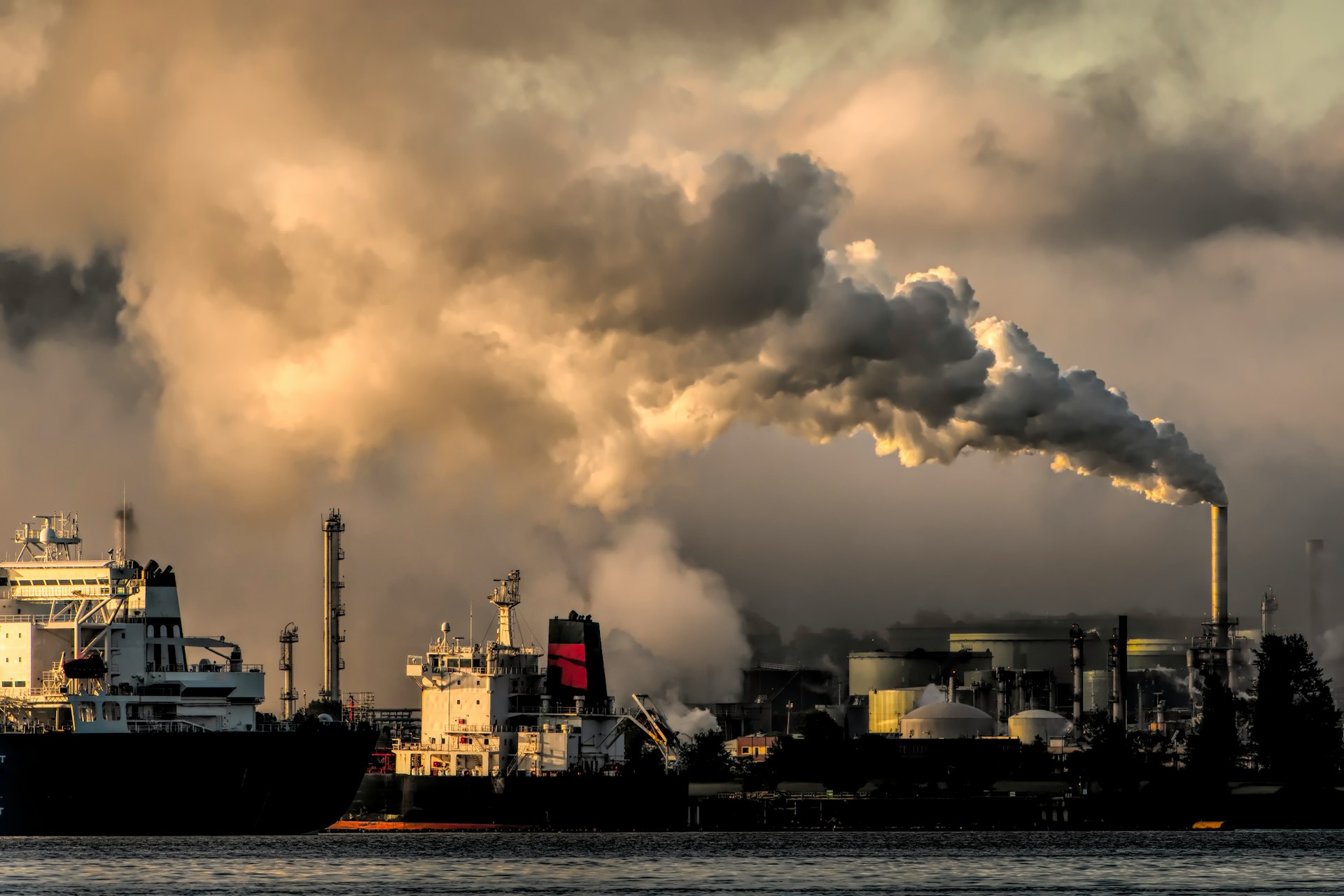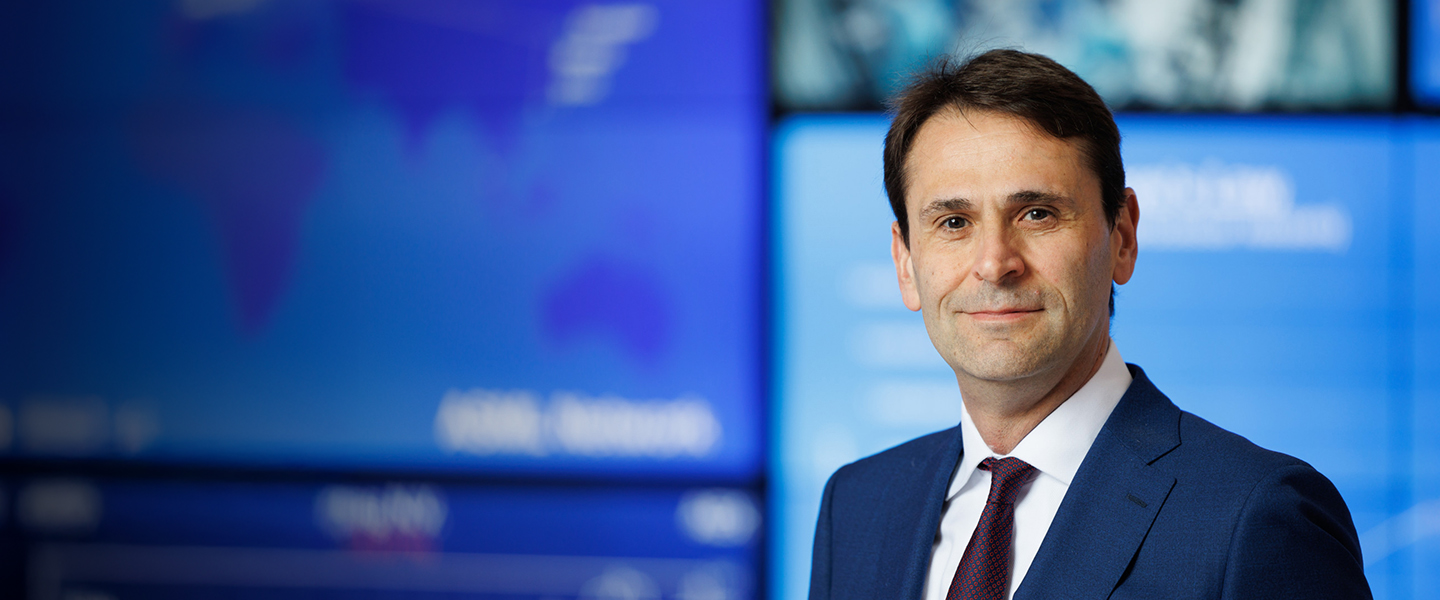Climate change: How fast can change happen? (Mini case)
This case two opposite perspectives – the glass half full that through global collaboration and belief in scientific evidence of the ozone layer, that societies, governments and businesses collaborated globally to take action to reduce it. The glass half empty view is that despite evidence little is being done to stop climate change and global collaboration seems far away as evidenced by the lack of action to keep to Paris Agreement aims.
- This case is part of a mini-series focused on business and society that challenges participants to consider the lessons of various events and examples and how they can apply the learning to their own context. In this case the learning objectives are: – Is it possible collaborate on climate change to avert it? – What needs to happen to encourage global collaboration?
1987
Cranfield University
Wharley End Beds MK43 0JR, UK
Tel +44 (0)1234 750903
Email [email protected]
Harvard Business School Publishing
60 Harvard Way, Boston MA 02163, USA
Tel (800) 545-7685 Tel (617)-783-7600
Fax (617) 783-7666
Email [email protected]
NUCB Business School
1-3-1 Nishiki Naka
Nagoya Aichi, Japan 460-0003
Tel +81 52 20 38 111
Email [email protected]
IMD retains all proprietary interests in its case studies and notes. Without prior written permission, IMD cases and notes may not be reproduced, used, translated, included in books or other publications, distributed in any form or by any means, stored in a database or in other retrieval systems. For additional copyright information related to case studies, please contact Case Services.
Research Information & Knowledge Hub for additional information on IMD publications
- Addressing the Covid-19 crisis: The CEO agenda (Mini case)
- Climate change: How fast can change happen? (Mini case)
- Distinguishing greening from greenwashing (Mini case)
- Friedman meets Freeman – Who got it right on the future of capitalism? (Revised) (Mini Case)
- From crisis to the new normal (Mini case)
- Looking back from 2030: We turned the corner on climate - How did we get here? (Revised) (Mini case)
- Addressing the Covid-19 crisis: The CEO agenda (Mini case)
- Climate change: How fast can change happen? (Mini case)
- Distinguishing greening from greenwashing (Mini case)
- Friedman meets Freeman – Who got it right on the future of capitalism? (Revised) (Mini Case)
- From crisis to the new normal (Mini case)
- Looking back from 2030: We turned the corner on climate - How did we get here? (Revised) (Mini case)
This article examines the role of businesses and managers in driving sustainable development, with a focus on family firms. Drawing on the mixed gamble perspective, we compare the progress of family and non-family firms toward achieving SDG 7 (aff...
in I by IMD
Research Information & Knowledge Hub for additional information on IMD publications
in I by IMD
Research Information & Knowledge Hub for additional information on IMD publications
in I by IMD
Research Information & Knowledge Hub for additional information on IMD publications
in I by IMD
Research Information & Knowledge Hub for additional information on IMD publications
in Review of Managerial Science 25 November 2025, ePub before print, https://doi.org/10.1007/s11846-025-00960-4
Research Information & Knowledge Hub for additional information on IMD publications
in I by IMD
Research Information & Knowledge Hub for additional information on IMD publications
in I by IMD
Research Information & Knowledge Hub for additional information on IMD publications
in I by IMD
Research Information & Knowledge Hub for additional information on IMD publications
in I by IMD
Research Information & Knowledge Hub for additional information on IMD publications
Research Information & Knowledge Hub for additional information on IMD publications










